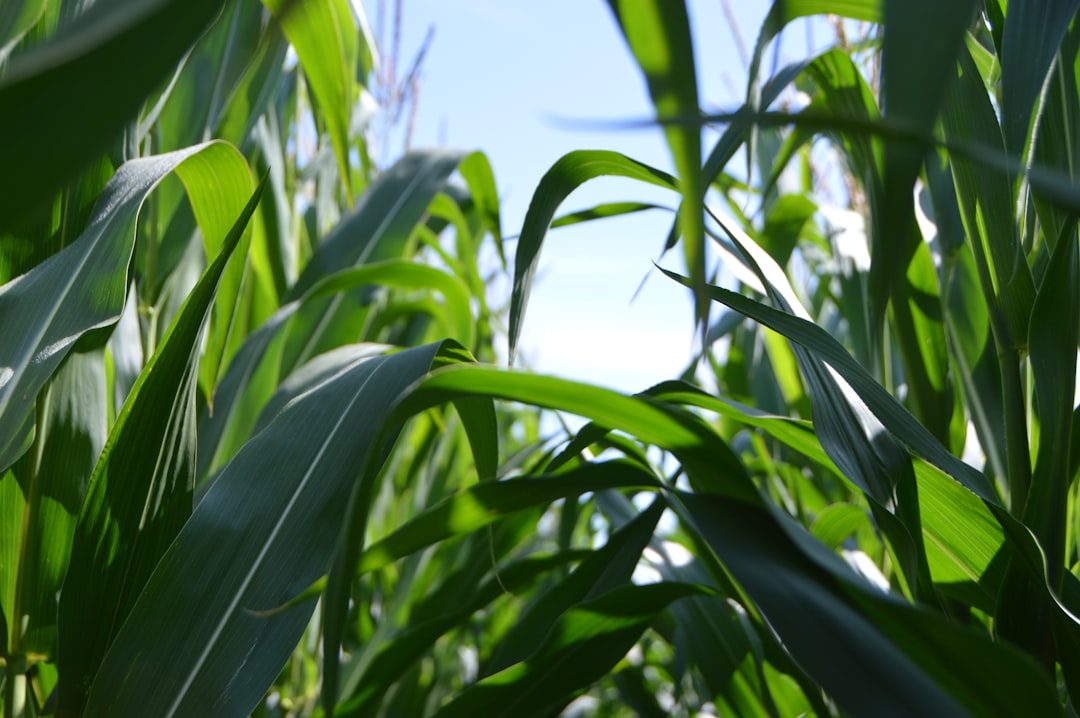What is it about?
Choclero is a Chilean traditional floury maize, consumed as a vegetable, with large economic and cultural value due to its culinary properties that give unique characteristics to the traditional local cuisine. Market diversification demands new materials with different ear and kernel characteristics, which are at present not fulfilled by breeders due to lack of genetic diversity. At present, the Instituto de Investigaciones Agropecuarias has a Choclero germplasm collection composed of 96 accessions, which can supply this lack of diversity, or increase the gene pool. In the present study, 34 selected Chilean Choclero landraces were characterized for 41 agromorphological traits. Phenotypic evaluation in three environments representative of the core production area revealed significant genetic variability for most of the evaluated traits, leading to the identification of several promising accessions. The greater contribution of genotype in most phenological plant, ear and kernel traits suggest their potential usefulness for breeding purposes. Principal component analysis explained over 75% of the total variation for 29 quantitative agromorphological traits. Cluster analysis separated accessions into four major groups, differentiated mainly by plant phenology and ear trait. These findings indicate a number of useful traits at an intra-racial level and a wide range of phenotypic variation that provides a good source of diversity for use in the development of new Choclero varieties.
Featured Image
Why is it important?
Our findings highlight a number of useful traits in the present gene pool, and a wide range of phenotypic variation that provides a good source of diversity for use in Choclero maize breeding programs. Ample phenotypical characterization helped a better understanding of the patterns of diversity present in the race, allowing a better intra-racial grouping. We also identified several promising accessions for ear characteristics, including flowering behavior, with similar or superior performance than commercial varieties. Such accessions could be of considerable value in breeding programs.
Perspectives
Presence of morphologically distant groups within the Choclero race and consistent behavior of variables in the evaluated environments, along with the low association among some commercially important variables, indicate that this germplasm could be used for the development of new varieties with superior and novel characteristics without compromising Choclero’s organoleptic characteristics. Our future work will be the development of both OPV and inbred lines to fulfill the needs of two sector, breeding programs and traditional farming community. We also evaluated this germplasm at molecular level to better define the racial diversity and its true potential.
MS. ERIKA SALAZAR
Instituto de Investigaciones Agropecuarias
Read the Original
This page is a summary of: Phenotypic diversity and relationships among Chilean Choclero maize (Zea mays L. mays) landraces, Plant Genetic Resources, May 2016, Cambridge University Press,
DOI: 10.1017/s1479262116000137.
You can read the full text:
Contributors
The following have contributed to this page










